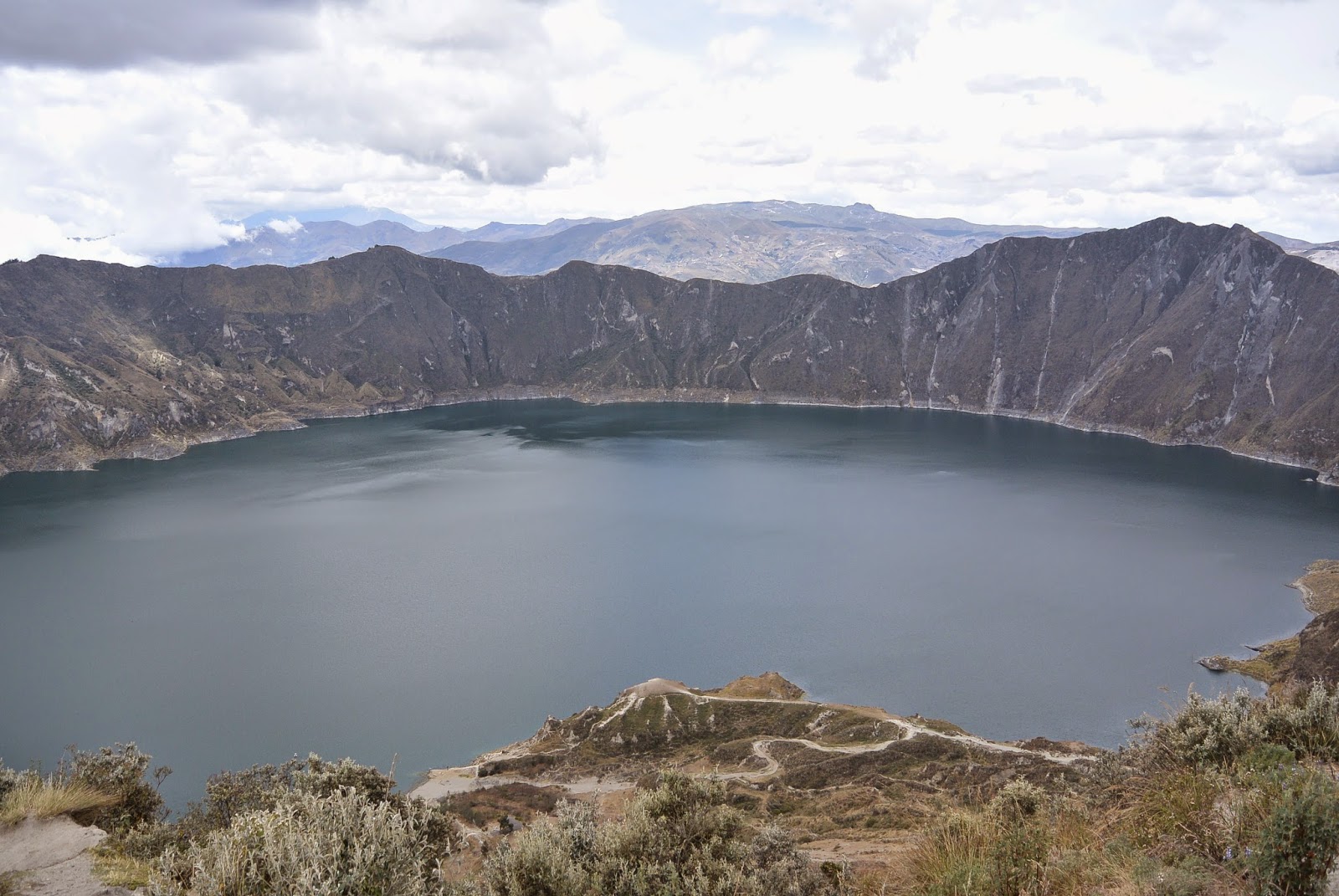Ce wek-end nous sommes allées à Latacunga qui se situe à 80 km au
sud de Quito. Tous les ans au mois de septembre, il y a les fêtes de la Mama
Negra.
Il y a deux raisons pour expliquer cet événement. Pour une par c’est
l’étonnement des indigènes d’avoir vu des noirs pour la première fois (qui
travaillaient dans les mines proches) et c’est aussi pour la Vierge de la
Merced qui a sauvé la ville plusieurs fois des éruptions du volcan Cotopaxi.
La fête de la Mama Negra ressemble à un carnaval. Il y a plusieurs groupes
qui défilent avec des costumes différents et qui dansent. Ils sont accompagnés
de musiciens qui jouent avec des trompettes, des saxophones, des cors, des
grosses caisses et des timbales. Au bout de chaque groupe il y a quelqu’un qui
porte une offrande faite d’un gros cochon avec des poulets, des hamsters et des
bouteilles d’alcools. Il y a plusieurs chevaux transportant la Mama Negra, la
Vierge, le capitaine etc… et aussi plusieurs clowns habillés de blancs et qui
portent un masque couleur arcenciel. Au mileu de la foule ils choisissent
quelqu’un pour le bénir, ils l’arrosent d’alcool en même temps et puis ils
demandent une petite pièce pour la bénédiction. La fête est animée et pleines de couleurs. Elle
est très bruyante aussi…
Samedi, enfin, nous avons eu notre
van ! Mais il a fallut revenir aujourd’hui pour qu’ils réglent les
roues… Donc on attend encore notre camper !!! J’espère que ça va être
finit aujourd’hui !
Après avoir attendu une journée, nous
avons récupéré notre camper ! et il marche super bien !


















